Disclosure: This article contains affiliate links. We may earn a commission from purchases at no extra cost to you, which helps our travel content.
The taxi driver's laughter cut through the humid Kingston air as I explained my itinerary. 'You're staying for a whole week? Most tourists just pass through on their way to the beaches!' His surprise wasn't unfounded—Kingston isn't Jamaica's typical postcard destination. But after years of exploring pristine Mediterranean coastlines and manicured Scandinavian cities, I've learned that a country's capital often holds its beating cultural heart. Kingston promised something raw and real: a city where Jamaica's resilience, creativity, and complex history converge in a symphony of sound, flavor, and color. As my cab wound through streets lined with colonial architecture and vibrant street art, I knew this week-long solo adventure would challenge perceptions—both Jamaica's reputation and my own comfort zones as a traveler who typically gravitates toward European aesthetics. What I couldn't predict was how deeply Kingston's rhythm would resonate with my soul.
Finding My Footing in Jamaica's Cultural Capital
My first morning in Kingston dawned with that distinctive Caribbean light—golden and impossibly clear. From my guesthouse balcony in the historic uptown neighborhood, the Blue Mountains created a dramatic backdrop against the urban landscape. I'd chosen a locally-owned homestay rather than a chain hotel, partly because of my professional interest in sustainable tourism investments, but mostly because authentic accommodations provide a window into local life that no resort can match.
Kingston initially feels like two distinct cities. Uptown offers leafy streets, colonial architecture, and a sense of order, while Downtown pulses with energy, markets, and the occasional rough edge. My strategy for solo female travel in any new city is consistent: spend day one getting oriented in safer areas before gradually expanding my comfort zone.
I began at the Bob Marley Museum, housed in the reggae legend's former home on Hope Road. While it might seem like an obvious tourist choice, it provides essential context for understanding Jamaica's cultural impact on the world. The guided tour through the bullet-riddled walls and Marley's simple bedroom humanized the icon while illuminating Jamaica's political struggles and spiritual foundations.
'The best way to understand Kingston is through its music,' my guide Joseph explained as we stood in the small recording studio where musical history was made. 'Reggae isn't just entertainment here—it's resistance, it's documentation, it's prayer.'
Later, I wandered through the manicured Devon House grounds, where Jamaica's first Black millionaire built his mansion. The property's famous ice cream shop provided sweet relief from the afternoon heat. I settled under a mango tree with my travel journal to map out the coming days, already sensing that Kingston would require me to be both more cautious and more open-hearted than my usual European haunts.

💡 Pro Tips
- Book accommodations in Uptown Kingston for your first visit, particularly in New Kingston or around Hope Road for better security
- Use registered taxis or pre-arranged drivers rather than hailing cabs on the street
- Visit the Bob Marley Museum early in your trip to understand the cultural context of everything else you'll experience
Navigating Kingston's Markets: A Feast for the Senses
If you truly want to understand a city's pulse, head straight to its markets. This philosophy has guided my travels from Valencia's Mercado Central to Bangkok's floating vendors, and Kingston proved no exception. Coronation Market—affectionately called 'Curry' by locals—sprawls across downtown Kingston in a riot of color, scent, and sound that makes European markets feel positively subdued.
I arrived early on my third morning, guided by Michael, a driver recommended by my homestay host. 'Stay close, Miss Claire,' he cautioned as we entered the labyrinth of stalls. 'Not dangerous, but easy to get lost.'
The market operates as Kingston's pantry, with farmers from across the island bringing produce I recognized (mangoes, papayas, coconuts) and many I didn't (breadfruit, ackee, callaloo). What struck me most was how the market reflected Jamaica's agricultural resilience—despite centuries of exploitation, natural disasters, and economic challenges, the island's food sovereignty remains strong.
Women dominated the vendor scene, many balancing enormous loads on their heads with remarkable grace. When I asked permission before photographing, conversations flowed easily, revealing stories of multi-generational market families and entrepreneurship against odds.
'You must try this,' insisted a vendor named Miss Beverly, offering a slice of jackfruit. Her weathered hands and warm smile reminded me of market women I'd met in Mexico City and Hanoi—the universal matriarchs who feed their communities. I purchased a selection of exotic fruits and locally-grown coffee beans, which proved significantly better than what I'd packed in my travel coffee maker.
Beyond food, Kingston's craft markets showcase the island's artistic traditions. At the Kingston Craft Market, I spent hours examining intricate wood carvings, vibrant textiles, and Rastafarian-inspired art. While bargaining is expected, I've learned that fair pricing matters more than scoring the lowest possible deal—especially when purchasing directly from artisans whose work preserves cultural heritage.

💡 Pro Tips
- Visit markets with a local guide or driver for your first experience, especially at Coronation Market
- Shop early morning (7-9am) when markets are less crowded and produce is freshest
- Always ask permission before photographing vendors or their goods
The Soundtrack of Kingston: From Reggae Roots to Dancehall Nights
Music isn't just entertainment in Kingston—it's the city's lifeblood, political voice, and spiritual practice. While the Bob Marley Museum provides historical context, experiencing live music reveals how reggae continues evolving while remaining rooted in resistance and resilience.
My exploration began at the Jamaica Music Museum, where artifacts and recordings trace the island's sonic journey from traditional Kumina drumming through ska, rocksteady, reggae, and into modern dancehall. The curator's explanation of how limited resources sparked innovation resonated with my investor mindset—Jamaica's music industry exemplifies creating global impact with minimal capital.
'We had to make music with whatever we had,' explained Dr. Thompson, the museum's director. 'When you couldn't afford new instruments, you found new ways to use old ones. That's how dub was born—creative problem-solving.'
Armed with recommendations from both my homestay host and several cultural preservation contacts, I ventured into Kingston's night scene—with appropriate precautions. Solo female travelers need not avoid Kingston's legendary music venues, but strategic choices matter. I opted for early evening sessions at Dub Club, perched in Kingston's hills with panoramic city views. Here, traditional Nyabinghi drumming and roots reggae create a meditative atmosphere far removed from tourist-oriented performances.
For a more contemporary experience, Kingston Dub Club on Sunday nights offers both spectacular views and authentic reggae culture. I arrived with a small group from my guesthouse as the sunset painted Kingston in gold. The open-air venue filled with a mix of locals and visitors as sound system operators carefully selected vinyl records, each song building a musical narrative about Jamaican identity and struggle.
Capturing these moments required more than my smartphone. My compact camera proved perfect for low-light conditions without drawing attention or creating distance between myself and the experience. The audio recording feature also preserved the basslines that resonated through my body—souvenirs more meaningful than any tchotchke.
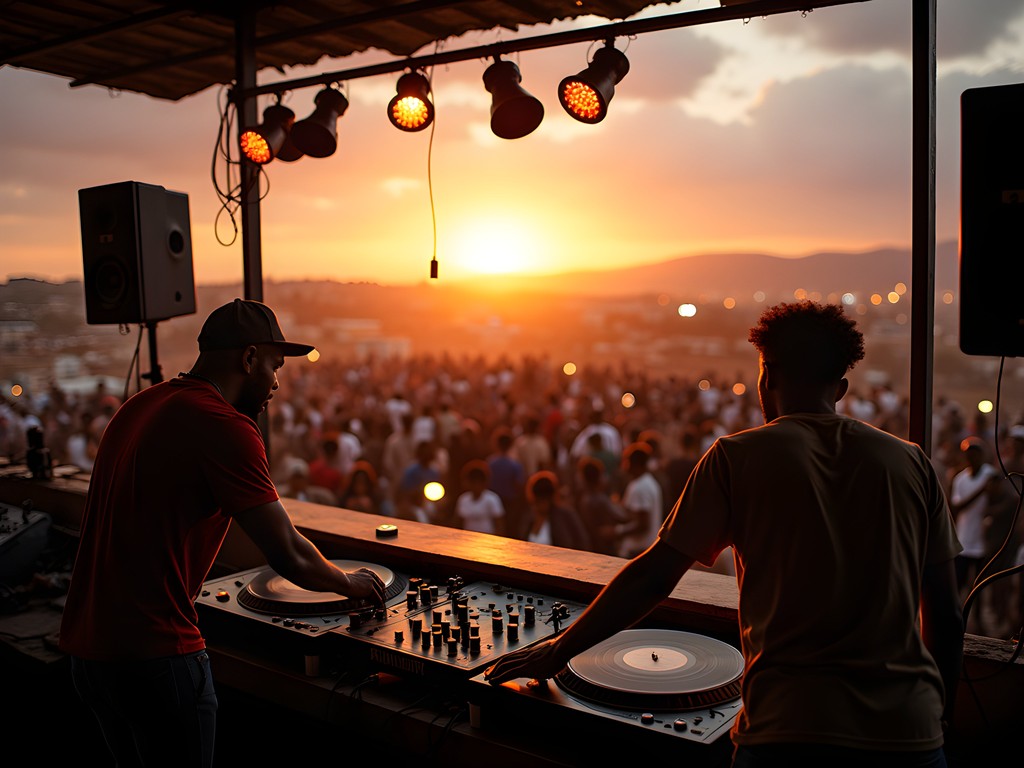
💡 Pro Tips
- Women traveling solo should visit music venues with trusted companions or organized groups
- Research venues before going—some are tourist-friendly while others are primarily local spaces
- Sunday night sessions at Kingston Dub Club offer authentic reggae culture in a relatively secure setting
Taste of Jamaica: Beyond Jerk Chicken
Kingston's culinary landscape tells the story of Jamaica's complex history—African cooking techniques, indigenous ingredients, and influences from colonial powers and immigrant communities have created a cuisine that defies simple categorization. As someone who regularly documents market culture across continents, I approached Kingston's food scene with particular enthusiasm.
My gastronomic journey began at a small breakfast spot near my homestay, where I first encountered ackee and saltfish—Jamaica's national dish. The fruit (related to lychee) scrambles similarly to eggs when cooked, creating a surprisingly satisfying texture alongside salted cod. Paired with bammy (cassava flatbread) and callaloo (similar to spinach), the meal provided a perfect introduction to Jamaican flavors.
Street food proved abundant throughout Kingston, with jerk chicken stands perfuming entire neighborhoods with smoke from pimento wood. Rather than limiting myself to tourist recommendations, I adopted my usual strategy—asking local shopkeepers and my homestay hosts where they eat. This led me to Faith's Pen, a collection of food stalls where I sampled curry goat so tender it fell from the bone, accompanied by festival (slightly sweet fried dumplings).
For a more upscale experience that still honored Jamaican culinary traditions, Usain Bolt's Tracks & Records provided sophisticated takes on classics in a memorabilia-filled space celebrating the island's athletic achievements. Their rum selection offered an education in Jamaica's distilling heritage, from white overproof varieties to aged sipping rums that rival fine cognac.
My most memorable meal came from an impromptu cooking lesson with my homestay host, Ms. Yvonne. Together we prepared run down (fish simmered in coconut milk) using ingredients we'd purchased at Coronation Market. The process revealed how Jamaican home cooking maximizes flavor from minimal ingredients—a resourcefulness born from necessity but resulting in culinary brilliance.
'The secret is patience,' Ms. Yvonne explained while demonstrating how to extract maximum flavor from thyme and scotch bonnet peppers without overwhelming heat. 'Good Jamaican food can't be rushed.'
I documented recipes and techniques in my travel notebook, creating a culinary souvenir more valuable than any restaurant meal.
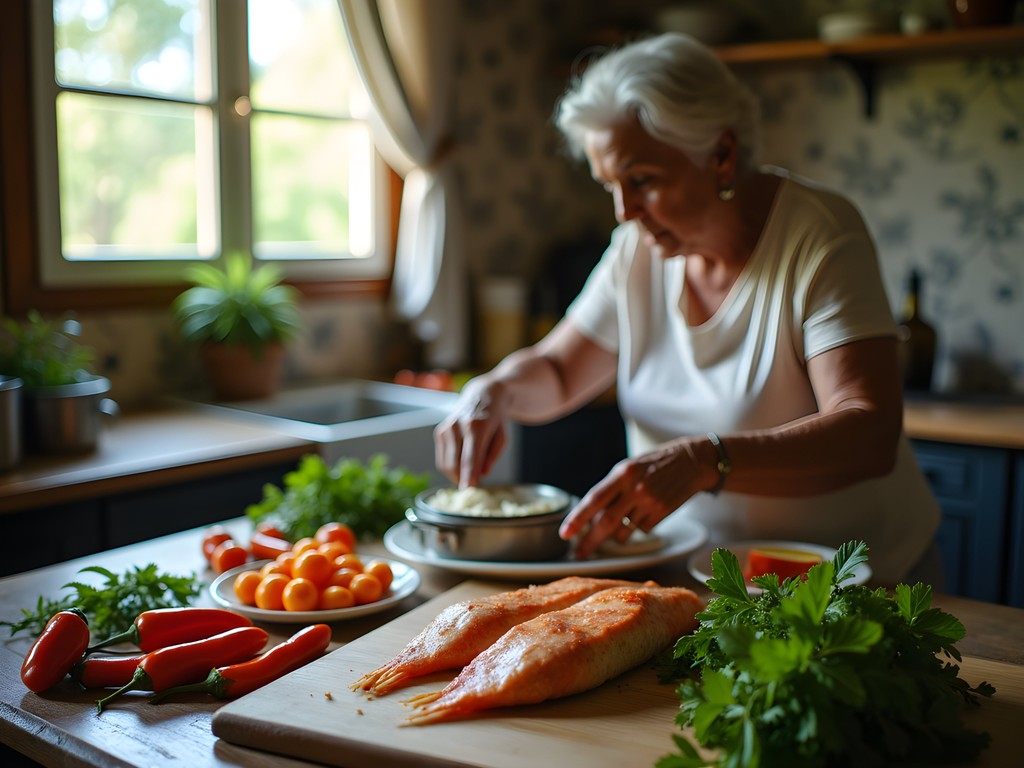
💡 Pro Tips
- Ask your accommodation hosts where they eat—you'll find more authentic options than those in guidebooks
- Try patties (savory pastries) from different vendors to find your favorite style
- Balance street food adventures with meals at established restaurants for a complete culinary picture
Kingston's Architectural Story: Colonial Past Meets Creative Present
As someone with a deep appreciation for architectural preservation, Kingston offered a fascinating study in contrasts. The city doesn't showcase its architectural heritage as prominently as European destinations, yet careful observation reveals layers of history—from Spanish colonial structures to Georgian townhouses, Art Deco gems, and bold contemporary designs.
Downtown Kingston contains the most concentrated historical architecture, though decades of economic challenges have left many buildings in need of restoration. Port Royal Street and the Waterfront area reveal Kingston's maritime history, while the Ward Theatre (built in 1912) stands as a cultural monument despite its currently deteriorated state.
I spent one morning photographing the colonial-era buildings around Parade Square, where the juxtaposition of historic structures against contemporary street life created compelling visual narratives. The area's energy reminded me of Havana—another Caribbean capital where past and present coexist in vibrant tension.
My architectural explorations weren't limited to colonial remnants. Kingston's creative renaissance is evident in spaces like F&B Downtown, where a historic building has been transformed into a multi-use creative hub housing art galleries, performance spaces, and innovative eateries. Similarly, the renovated headquarters of the National Gallery of Jamaica demonstrates how thoughtful modernization can honor a building's heritage while serving contemporary needs.
What struck me most was Kingston's architectural resilience. Despite earthquakes, hurricanes, economic hardship, and changing political tides, significant structures have survived—often repurposed rather than demolished. This pragmatic approach to preservation differs from the museum-like conservation I've documented in European cities but demonstrates a sustainable relationship with the built environment.
'We don't always have the resources to restore buildings to their original glory,' explained Marcus, an urban planner I met through my sustainable tourism network. 'But Kingstonians are masters at adaptive reuse—finding new purpose for old spaces.'
For serious architecture enthusiasts, I recommend the walking tours offered by the Jamaica National Heritage Trust, which provide historical context impossible to glean independently. I captured architectural details using my smartphone lens kit, which allowed me to photograph intricate gingerbread trim and colonial moldings without carrying bulky equipment.
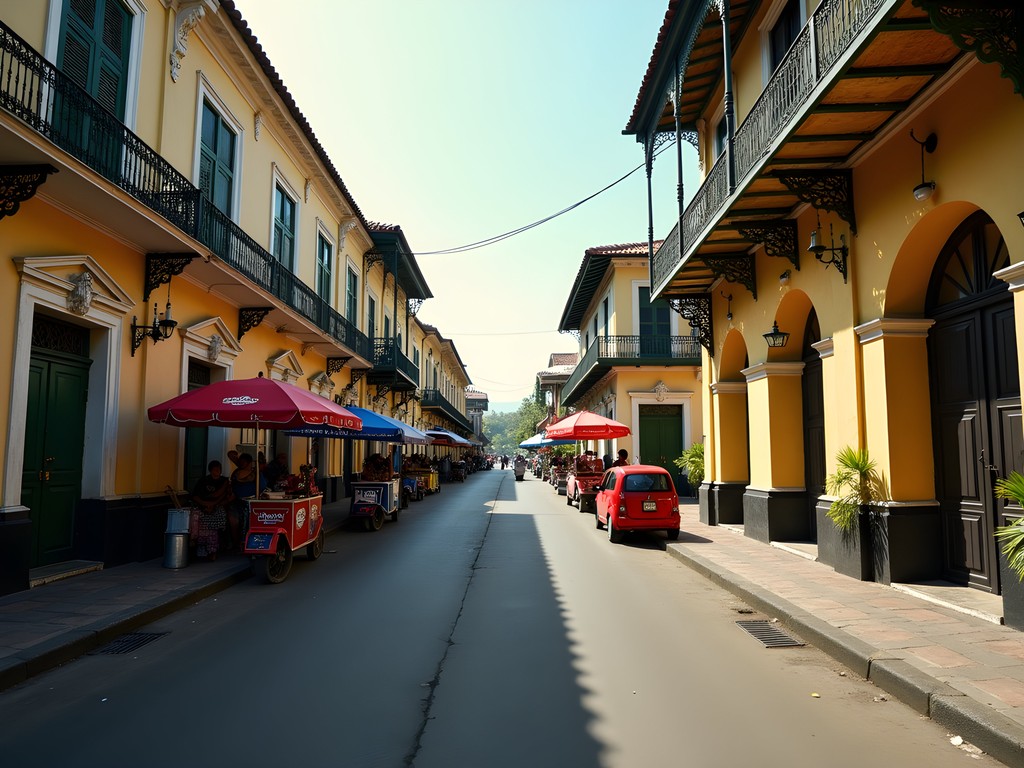
💡 Pro Tips
- Take architectural walking tours early morning when temperatures are cooler and light is best for photography
- Visit Devon House for a well-preserved example of 19th-century Jamaican-Georgian architecture
- Look beyond obvious landmarks—some of Kingston's most interesting buildings are repurposed industrial spaces
Final Thoughts
As my taxi wound back through Kingston's streets toward Norman Manley International Airport, the city revealed itself differently than it had a week earlier. What initially appeared chaotic now felt rhythmic; what seemed intimidating now felt vibrant. Kingston doesn't offer the packaged paradise of Jamaica's resort towns, but it delivers something far more valuable—an authentic encounter with Jamaican resilience, creativity, and warmth. The capital's complex identity challenges visitors to look deeper, listen more carefully, and engage more thoughtfully than many destinations require. For solo travelers willing to step beyond comfort zones while maintaining appropriate awareness, Kingston rewards with cultural richness that resort experiences simply cannot match. I came seeking architecture and markets but discovered a city whose greatest asset is its people's unwavering spirit. The reggae rhythms, rum flavors, and stories of resistance will stay with me long after the Caribbean sun fades from my skin.
✨ Key Takeaways
- Kingston rewards travelers who look beyond Jamaica's beach resort reputation to engage with its cultural heart
- Solo female travelers can navigate Kingston safely with proper research, local connections, and common-sense precautions
- The city's food, music, and architecture tell a complex story of resilience that provides context for understanding Jamaica's past and present
📋 Practical Information
Best Time to Visit
December-April (dry season)
Budget Estimate
$100-150 USD daily for mid-range travel
Recommended Duration
5-7 days
Difficulty Level
Intermediate

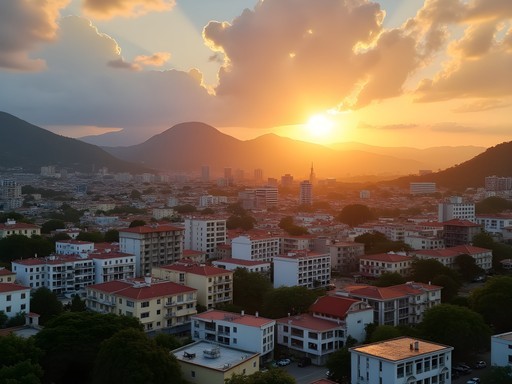
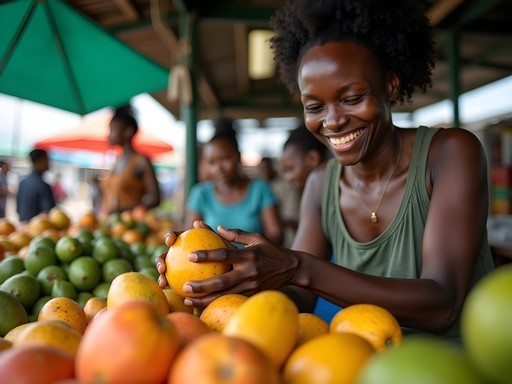
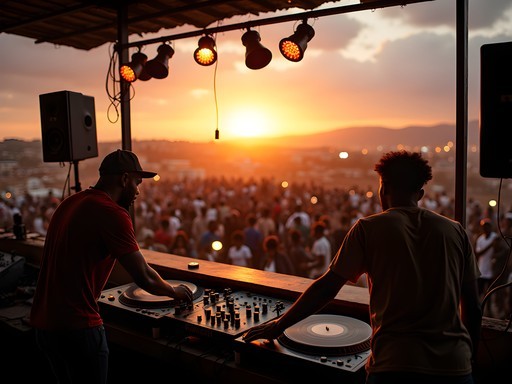
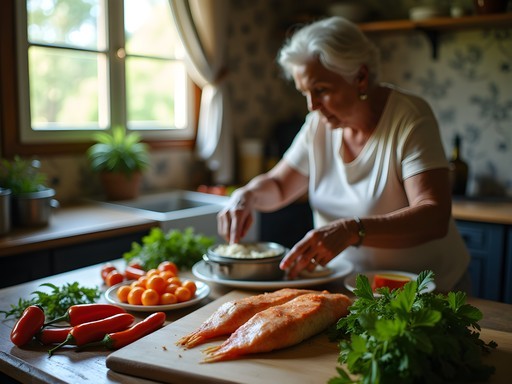
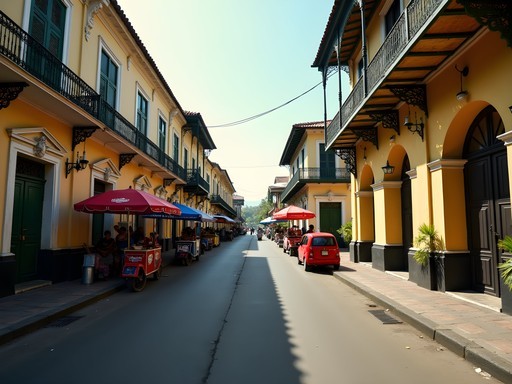



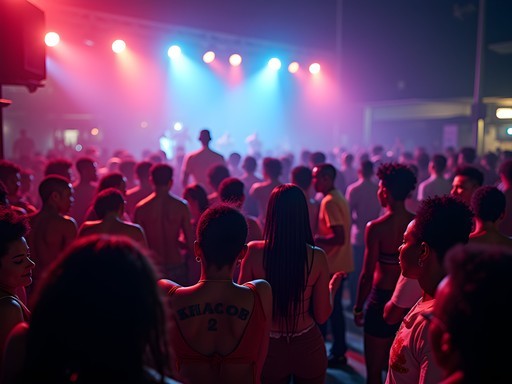

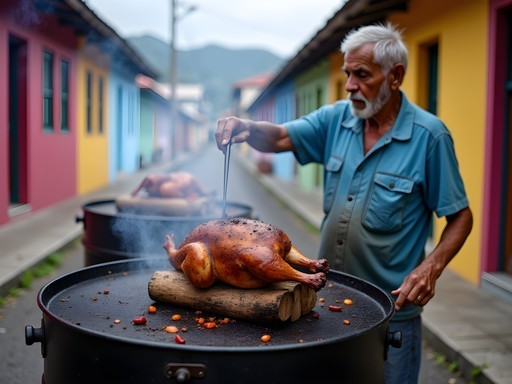
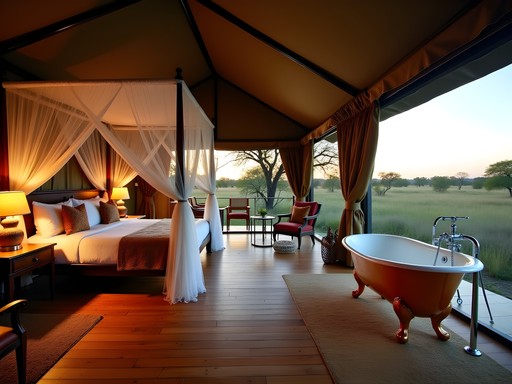
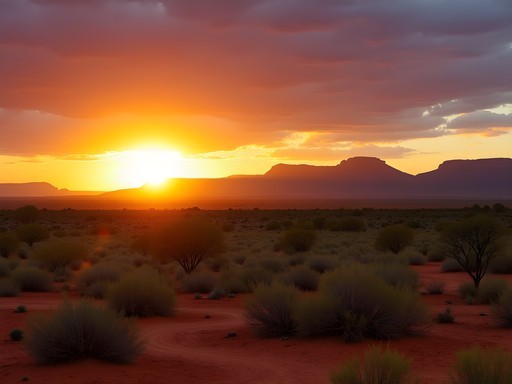


Comments
cityzone
Just booked my flights to Kingston after reading this! Can't wait to experience the music scene firsthand!
Claire Hawkins
That's amazing! You're going to have an incredible time. Feel free to DM me if you need any specific recommendations!
moonadventurer
Your post captures Kingston's spirit perfectly! Having traveled extensively throughout the Caribbean, I find Kingston has a raw authenticity that's missing from more touristy destinations. The National Gallery was a highlight for me - their collection of Jamaican art really helps you understand the island's complex history. For anyone heading there, I'd add Port Royal to the itinerary - it's just a short trip from Kingston and the pirate history is fascinating. The seafood at Gloria's is worth the journey alone. Claire, did you make it to any live dancehall events? That was the highlight of my trip!
Claire Hawkins
I did catch a dancehall night at Uptown Mondayz! Incredible energy but I was too shy to join in properly. And I missed Port Royal - definitely on the list for next time!
smartfan
Port Royal is amazing! Definitely worth a half-day trip from Kingston.
Kimberly Murphy
Claire, your post perfectly captures Kingston's duality - the raw energy mixed with incredible warmth. When I visited last year, I was blown away by the food scene. Everyone knows about jerk chicken, but the curry goat at Moby Dick's near the waterfront was life-changing! And for anyone going - don't skip the Blue Mountains if you can spare a day. The coffee plantation tours are fascinating, and the mountain views rival anything I've seen in the Caribbean. For solo female travelers - I found that dressing modestly (especially in downtown areas) helped avoid unwanted attention. Kingston isn't the polished tourist experience of the resorts, and that's exactly what makes it special. The authenticity is worth stepping out of your comfort zone!
Hunter Thompson
YESSSS! Finally someone giving Kingston the love it deserves! I backpacked through Jamaica earlier this year and Kingston was the highlight - everyone kept telling me to rush through to get to the beaches but I ended up staying for 10 days! The energy is UNMATCHED. Claire, did you check out Rockers International on Orange Street? It's this tiny vinyl shop run by a reggae legend that pressed records for Studio One back in the day. And please tell me you tried the oxtail at M10 Bar & Grill! Absolute fire! Your post brought back so many good memories, might have to book another trip now...
Claire Hawkins
Hunter - I did visit Rockers International! Such an authentic piece of reggae history. I spent way too much money on vinyl there haha. And yes to M10 - that oxtail was life-changing. Next time try Triple Century Sports Bar if you haven't already!
freelegend
Heading to Jamaica next month but only have 2 days in Kingston. What would be your absolute must-dos if time is limited?
Claire Hawkins
With just 2 days, I'd prioritize: 1) Bob Marley Museum in the morning + lunch at nearby Cafe Blue, 2) National Gallery in the afternoon, 3) evening at Dub Club or Fiction Nightclub for dancehall if it's weekend. Day 2: Trench Town Culture Yard in morning, Downtown markets midday (careful with valuables), afternoon at Devon House for history + best ice cream, dinner at Usain Bolt's Tracks & Records for good food + vibes. Hope that helps!
coffeehero
Great post! I've been wanting to visit Kingston but heard mixed things about safety. Did you feel comfortable as a solo female traveler? Any neighborhoods to avoid?
Claire Hawkins
Great question! Like any big city, Kingston requires common sense. I stayed in Devon House area and felt comfortable. I avoided walking alone at night and used recommended taxis. The locals were incredibly helpful with guidance. Just do your research on neighborhoods beforehand and you'll be fine!
moonadventurer
I second what Claire said. I traveled solo in Kingston last year and found it manageable with basic precautions. Downtown requires more awareness, but areas like New Kingston and Liguanea are quite navigable during the day. I used the safety app which helped me feel more confident about which areas were good at different times of day.
smartfan
This is such a refreshing take on Kingston! I spent 3 days there last year and felt like I barely scratched the surface. Most people told me to skip it entirely for Montego Bay, but the music scene alone was worth it. That night market you mentioned near the waterfront was incredible - I still dream about that festival fish with bammy. Did you make it to Dub Club on Sunday night? The sunset views over the city while listening to reggae was honestly one of my top travel experiences ever.
Hunter Thompson
Dub Club is LEGENDARY! I was there in January and the vibes were immaculate. Definitely a must for anyone visiting Kingston who wants authentic reggae culture.
Claire Hawkins
Thanks @smartfan! Yes, I made it to Dub Club on my last night and it was the perfect finale to the trip. Those hillside views are something else!
Marco Flores
Claire, your post captures Kingston's soul perfectly! I was there during reggae month (February) last year and it was ELECTRIC. For anyone planning a trip - don't miss the Kingston Dub Club on Sunday nights if you want to experience authentic reggae culture. It's up in the hills with an incredible view of the city lights, and the sound system is pure magic. The crowd is a beautiful mix of locals and travelers. Just make sure you arrange transportation in advance for the return journey as it's quite remote. Also, Devon House for ice cream is non-negotiable - the rum raisin flavor changed my life!
cityzone
Kingston Dub Club sounds amazing! Adding it to my list for sure. Was it expensive to get in?
Marco Flores
Not at all! Around 1000 Jamaican dollars (about $7 USD) when I went. Totally worth it!
oceanfan
Those market photos are incredible! The colors are so vibrant!
springtime
I've always wanted to visit Jamaica but heard Kingston can be dangerous for solo travelers, especially women. Did you feel safe during your trip? Any specific areas to avoid?
Claire Hawkins
Great question! Like any major city, there are areas to avoid, especially at night. I stayed in New Kingston which felt quite safe. I used trusted taxi services recommended by my guesthouse rather than hailing random cabs. The locals I met were incredibly helpful and protective once they knew I was traveling alone. Just use common sense - don't flash valuables, be aware of your surroundings, and ask locals for advice.
Kimberly Murphy
I'd add that it's worth connecting with local guides for certain areas. When I visited Trench Town, I booked through a community tourism project and had an amazing experience. Also, I kept my anti-theft crossbody with me everywhere which gave me peace of mind in crowded market areas!
Venture X
Premium card with 2X miles, $300 travel credit, Priority Pass